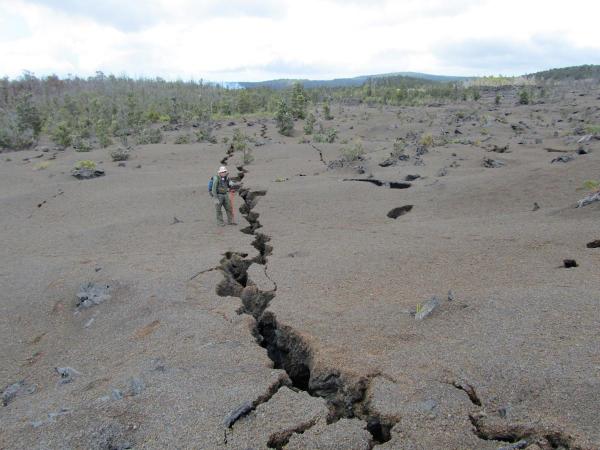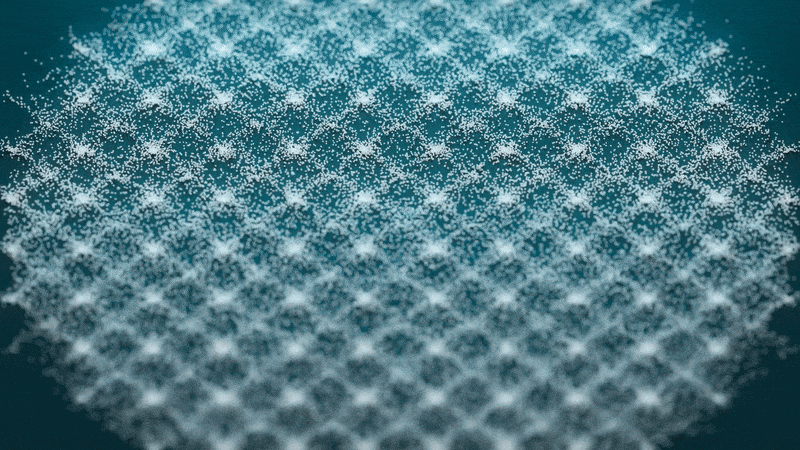
Eruption Aftermath: Kilauea's Smoldering Fissures, Lava Spatter

Now that the spectacular fissure eruption has died down on Hawaii's Mount Kilauea, images show the huge cracks created and the lava spattered across the landscape.
Last week lava rocketed from a new fissure on Kilauea's east rift zone, between the Pu`u `? `? and N?pau craters. Volcanic craters are big holes created by volcanic activity. Magma can erupt through vents within craters.
{youtube 5kpU0fX2RJA}
A fissure is a split in a volcano that opens in a straight line. Kilauea's new fissure, called Kamoamoa, came after the floor of the Pu`u `? `? crater collapsed on March 5. [In Images: Hawaii's Mount Kilauea Erupts .]
{youtube ZzFeZTVxDeY}
Hawaiian Volcano Observatory scientists found that the Pu`u `? `? crater floor dropped at least 377 feet (115 m) in a few hours during the collapse. The crater was seen smoldering at the end of last week.
The fissures extend 1.4 miles (2.3 kilometers) between the N?pau crater and the Pu`u `? `? crater. Both the east and west Kamoamoa fissures are still fuming, but no lava is erupting.
Get the world’s most fascinating discoveries delivered straight to your inbox.
Periods of spattering lava were highlighted by gushers up to 80 feet (25 meters) high. Amazing images and video of the eruptions were captured by news outlets and the U.S. Geological Survey. Spatter now covers the ground and coats trees in the area.
The fissure is located west-southwest of the Pu`u `? `? crater in a remote area of Hawaii Volcanoes National Park, parts of which have been closed since the eruptions began.
Lava recently sparked a wildfire in the park, and the blaze has torched 75 acres since Sunday (March 13), reported the Associated Press.
Email OurAmazingPlanet staff writer Brett Israel at bisrael@techmedianetwork.com. Follow him on Twitter @btisrael.
 Live Science Plus
Live Science Plus










